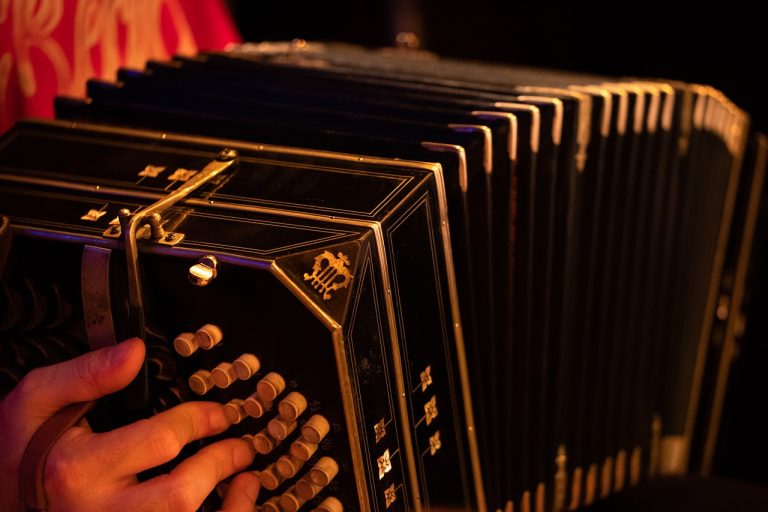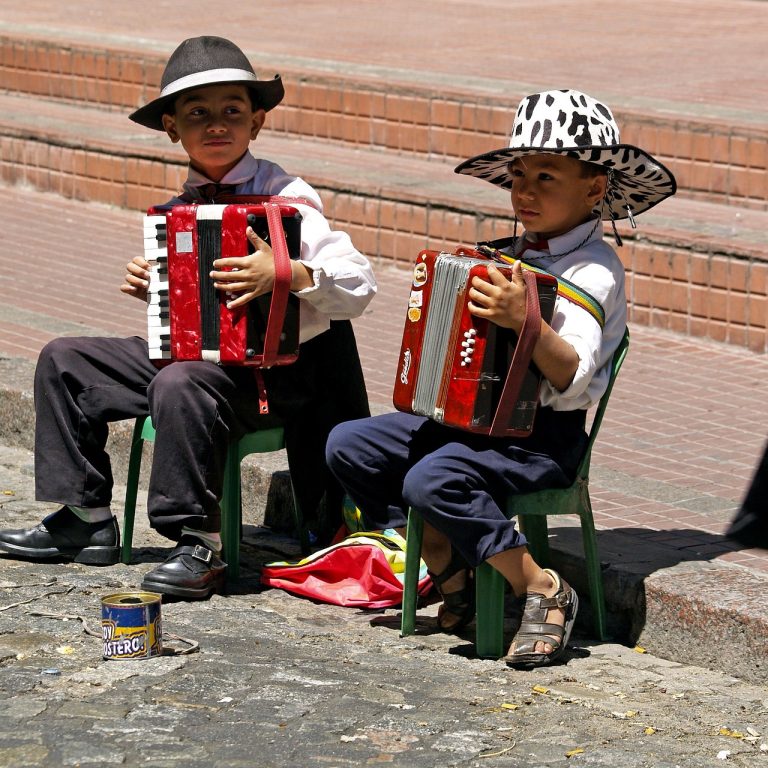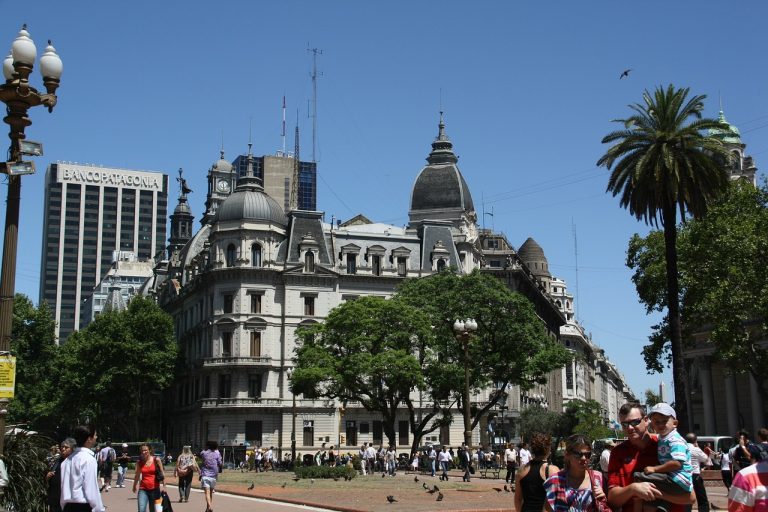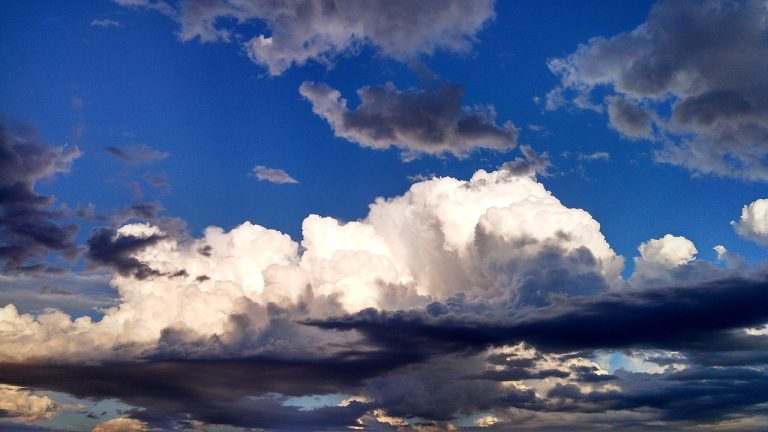Buenos Aires Argentina Video
Casa Rosada
The Casa Rosada, also known as the Pink House, is the presidential palace of Argentina and an iconic landmark in Buenos Aires. Located in the Plaza de Mayo, it has served as the seat of the Argentine government since the early 19th century. The building’s distinctive pink color is a result of a mixture of lime and blood from sea lions used during its construction.
- Historical Significance: The Casa Rosada has witnessed numerous important moments in Argentina’s history, including political rallies, protests, and the declaration of independence.
- Architectural Features: The palace showcases a blend of architectural styles, including Neoclassical, Renaissance, and Baroque elements. It features a central balcony where presidents address the public.
- Tourist Attraction: Visitors can take guided tours of the Casa Rosada, exploring its historic rooms, the presidential museum, and admiring the stunning views of Plaza de Mayo from the balcony.
Teatro Colón
The Teatro Colón is one of the world’s most renowned opera houses and a cultural gem in Buenos Aires. Built in the late 19th century, it showcases opulent architecture and hosts performances by world-class artists.
- Acoustic Excellence: The Teatro Colón is renowned for its exceptional acoustics, making it a preferred venue for opera and symphony performances.
- Architectural Grandeur: The theater’s neoclassical façade is adorned with intricate carvings, while the interior boasts lavish marble staircases, glittering chandeliers, and ornate decorations.
- Artistic Heritage: Over the years, the Teatro Colón has featured legendary artists such as Maria Callas, Luciano Pavarotti, and Plácido Domingo, solidifying its reputation as a world-class opera house.
Buenos Aires Argentina Image 1: 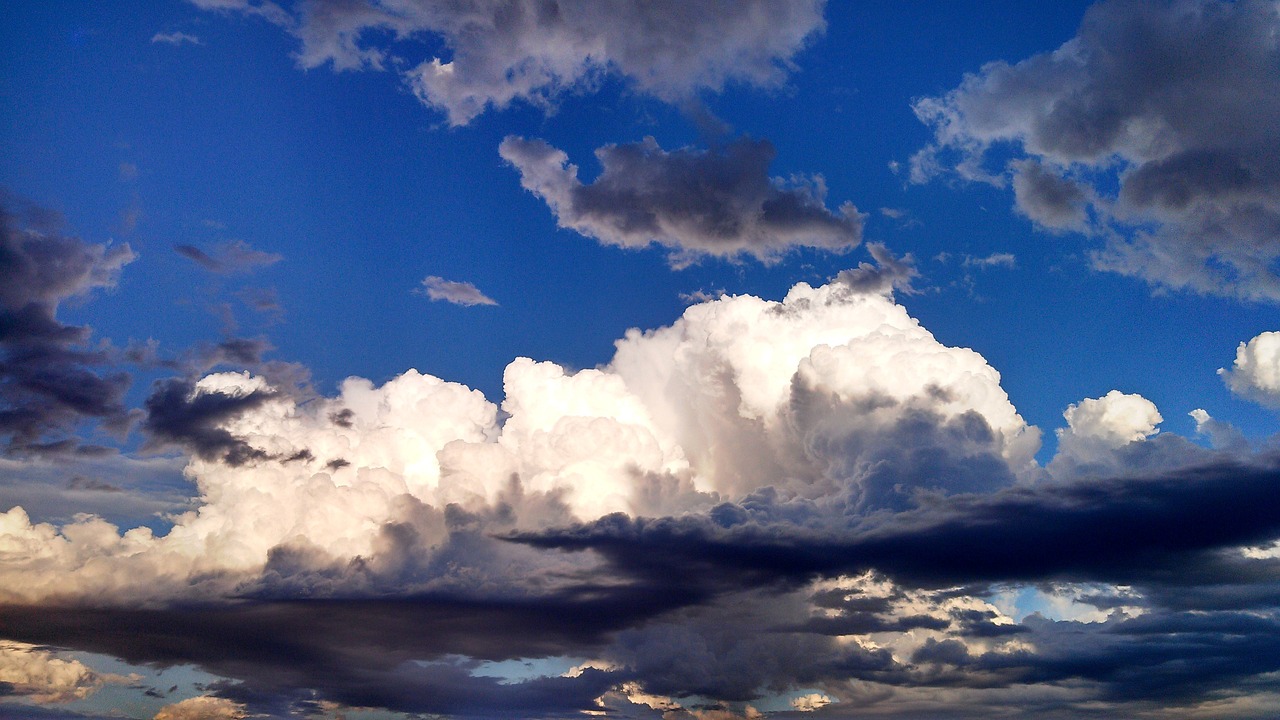
Recoleta Cemetery
The Recoleta Cemetery is a historic cemetery in Buenos Aires, known for its elaborate mausoleums and the final resting place of many notable Argentinian figures. It is a popular tourist attraction and a serene place to explore.
- Architectural Splendor: The cemetery features stunning examples of funerary art and architecture, with mausoleums designed in various styles such as Art Nouveau, Neo-Gothic, and Art Deco.
- Famous Residents: Recoleta Cemetery is home to the graves of Eva Perón, former First Lady of Argentina, and many other influential figures from politics, literature, and arts.
- Tourist Interest: Visitors can take guided tours to learn about the stories of those buried in the cemetery and appreciate the artistic and historical significance of the mausoleums.
La Bombonera
La Bombonera, officially known as Estadio Alberto J. Armando, is the home stadium of the Boca Juniors soccer team, one of Argentina’s most successful and popular clubs. Located in the neighborhood of La Boca, it is a symbol of passion and football culture in Buenos Aires.
- Soccer Legacy: La Bombonera has witnessed countless memorable matches and intense rivalries, including the famous Boca Juniors vs. River Plate Superclásico.
- Unique Design: The stadium’s standout feature is its steep stands that create an electric atmosphere during matches. The most famous section, known as “La Doce,” is where the most passionate Boca Juniors fans gather.
- Guided Tours: Visitors can take guided tours of La Bombonera, exploring the stadium, visiting the team’s museum, and experiencing the vibrant football culture that surrounds it.
Buenos Aires Argentina Image 2: 
Plaza de Mayo
Plaza de Mayo is the main square in Buenos Aires and a historic focal point for political and social gatherings. It has been the site of significant events throughout Argentina’s history.
- Symbolic Importance: Plaza de Mayo is a symbol of democracy and resistance in Argentina. It has been the site of protests, demonstrations, and celebrations, including the Mothers of the Plaza de Mayo movement.
- Landmarks: The square is surrounded by notable buildings such as the Casa Rosada, the Metropolitan Cathedral, and the Cabildo, a historic government building.
- Tourist Hub: Plaza de Mayo attracts both locals and tourists who come to admire the architecture, learn about Argentina’s history, and experience the vibrant atmosphere of the square.
San Telmo
San Telmo is a historic neighborhood in Buenos Aires, known for its preserved colonial architecture, cobblestone streets, and vibrant arts scene. It is a popular destination for tourists and locals alike.
- Colonial Charm: San Telmo showcases well-preserved colonial houses and buildings, providing a glimpse into Buenos Aires’ past. Its narrow streets, antique shops, and tango clubs create a unique atmosphere.
- Famous Market: The San Telmo Market, held every Sunday, is a must-visit for shoppers and antique enthusiasts. It offers a wide range of goods, including crafts, vintage items, and local artwork.
- Cultural Hub: The neighborhood is known for its vibrant arts scene, with numerous art galleries, theaters, and street performances. It is also a hotspot for tango dancing and live music.
Buenos Aires Argentina Image 3: 
Obelisco
The Obelisco is a prominent monument located in the heart of Buenos Aires. Standing at over 67 meters tall, it is a symbol of the city and a popular meeting point for locals and tourists.
- Architectural Icon: The Obelisco was built in 1936 to commemorate the 400th anniversary of the city’s founding. Its design draws inspiration from the Washington Monument in the United States.
- Landmark Location: Situated on Avenida 9 de Julio, one of the widest avenues in the world, the Obelisco is surrounded by bustling streets, theaters, and shops.
- Photography Spot: Visitors can admire the Obelisco up close and capture stunning panoramic views of Buenos Aires from nearby vantage points.
Puerto Madero
Puerto Madero is a waterfront neighborhood in Buenos Aires that has undergone significant revitalization in recent years. It is known for its modern architecture, upscale restaurants, and scenic views.
- Urban Renewal: Puerto Madero was once a neglected port area but has been transformed into a trendy district featuring sleek skyscrapers, pedestrian-friendly promenades, and green spaces.
- Gastronomic Scene: The neighborhood is home to some of Buenos Aires’ finest restaurants, offering a diverse range of cuisines, from Argentine steakhouses to international fusion eateries.
- Ecological Reserve: Puerto Madero is adjacent to the Costanera Sur Ecological Reserve, a nature reserve with walking trails, wildlife, and stunning views of the Rio de la Plata.
Malba
The Malba, short for Museo de Arte Latinoamericano de Buenos Aires, is a prominent art museum dedicated to Latin American art. It houses an extensive collection of modern and contemporary artworks.
- Artistic Showcase: The Malba features works by renowned Latin American artists such as Frida Kahlo, Diego Rivera, and Fernando Botero, as well as temporary exhibitions showcasing diverse art forms.
- Architectural Marvel: The museum’s building itself is an architectural masterpiece, designed with a modern and minimalist aesthetic that complements the artworks on display.
- Cultural Events: The Malba hosts film screenings, lectures, and workshops, making it an important cultural hub for art enthusiasts and those interested in Latin American culture.
Conclusion
Buenos Aires, Argentina, is a city rich in historical landmarks that offer a glimpse into its vibrant past, cultural heritage, and passion for art and sports. From the iconic Casa Rosada to the magnificent Teatro Colón, each landmark tells a story and contributes to the unique character of the city. Exploring the streets of San Telmo, visiting the Recoleta Cemetery, and experiencing the electric atmosphere of La Bombonera are just a few ways to immerse oneself in the rich history and culture of Buenos Aires.
References
- casarosada.gob.ar
- teatrocolon.org.ar
- recoletacemetery.com
- bocajuniors.com.ar
- puertomadero.com
- malba.org.ar



